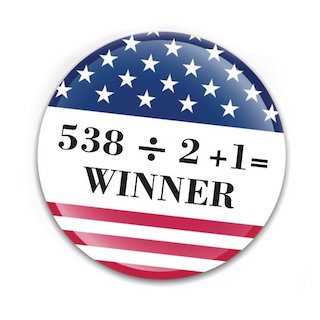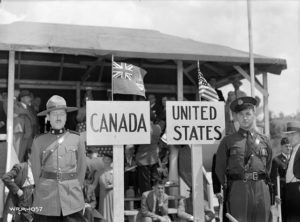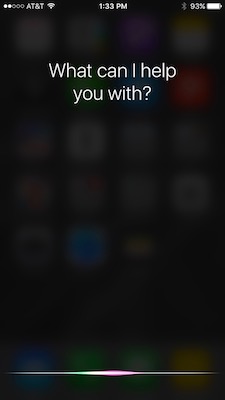 Today is election day in the U.S.
Today is election day in the U.S.
By the end of the day, we’ll probably know who the next president will be. I say “probably” because today is not the end of the process. Voting on election day is the most important step, but it’s not the last step in choosing a new president.
The men who wrote the U.S. Constitution were cautious (careful to avoid problems). They thought about having Congress choose the next president. And they thought about having the president chosen by popular vote (vote of the people). They compromised – they came up with (created; made) a process that includes some of both.
The Electoral College is an important part of the process. It’s a group of people, called electors, who are appointed (chosen) by each state to meet and formally (officially) elect the next president.
When U.S. citizens vote for a presidential candidate (someone who wants to be president), they are choosing electors from their state. The presidential candidate who wins the popular vote in each state usually gets all of the electors from that state (Maine and Nebraska are exceptions).
There are 538 electors, the number of members of Congress plus 3 for the District of Columbia, where our capital, Washington, is. Each state has one elector for each of its senators (2) and representatives (more for larger states, fewer for smaller). California, for example, has 55 electors. A presidential candidate must receive 270 electoral votes to become president.
The U.S. election is always held on the Tuesday after the first Monday in November – November 8 this year. After the election results are added up, the governor of each state sends an official copy of the election results and a list of electors to Congress.
In the middle of December, the electors meet in their home states and cast (make) their votes. The electors’ votes are counted and put onto an official list, called a “Certificate of Vote,” which is sent to Congress.
On January 6, the House of Representatives and the Senate meet together to count the electors’ votes. The vice president, who is the president of the Senate, leads this meeting and, after the votes have been counted, he officially announces the newly-elected President and Vice President of the United States.
Is all of this necessary? And is it fair (best for everyone)? There’s a lot of disagreement about that. Some election results have been decided by the Electoral College – it is possible to win the popular vote and lose the electoral vote. That’s what happened in 2000. Al Gore received more popular votes than George W. Bush, but Bush became president because he won in states with more electoral votes.
In 1824 both candidates received the same number of electoral votes. When that happens, the Constitution requires that the House of Representatives choose the president. The House chose John Quincy Adams, who won fewer popular votes than Andrew Jackson.
If you’d like to know more about the process, here are two very good, easy-to-understand explanations:
- Washington Post – How the electoral college works
- Christina Geer’s TED Ed (video) lesson – Does your vote count? The Electoral College explained
~ Warren Ediger – ESL tutor/coach and creator of the Successful English website
Photo from parade.com.
 The United States and Canada are usually friendly neighbors. We share the longest
The United States and Canada are usually friendly neighbors. We share the longest  Superheroes
Superheroes The well-known singer Frank Sinatra had a long and successful career, but things didn’t always go smoothly (not always without problems) for him, according to the
The well-known singer Frank Sinatra had a long and successful career, but things didn’t always go smoothly (not always without problems) for him, according to the  I was talking to a student recently – on Skype – when I was interrupted by a woman’s voice:
I was talking to a student recently – on Skype – when I was interrupted by a woman’s voice: